64GB is a significant amount of storage space, but many of you don’t know just how much it can hold. Have you ever wondered exactly how many photos can 64GB hold? Storing your photographs safely is definitely a priority and this blog post will provide you with all the information you need to know about 64GB and photo storage. In this post, you’ll learn everything from understanding what types of file sizes are associated with digital images, to deciding if 64GB is the right amount of storage for you!
Types of Memory Cards
CF (CompactFlash)
CF cards are one of the oldest and most reliable forms of memory cards. They can be found in a variety of sizes, ranging from 1MB to 128 GB. CF cards boast fast transfer speeds and are known for their durability, making them a great choice for professional photographers or anyone who needs to store large amounts of data quickly and securely.
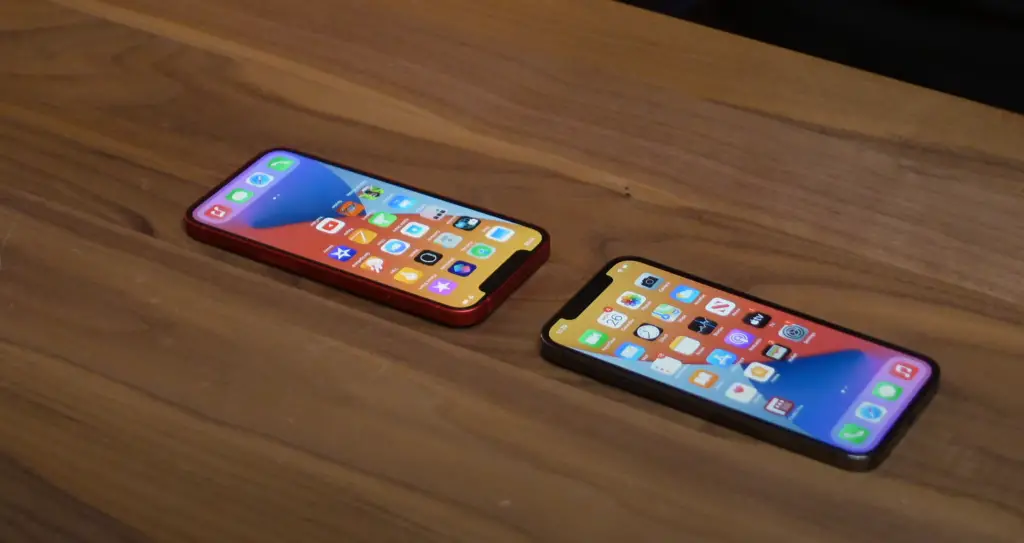
SD (Secure Digital)
SD cards have excellent storage capacity and offer faster read/write speeds than other types of memory cards.
MicroSD (Micro Secure Digital)
MicroSD cards are similar to regular SD cards, but much smaller in size. They have the same storage capacities as their larger counterparts and offer faster read/write speeds than other types of memory cards. MicroSD cards are popular for use with smartphones or tablets where space is limited.
xD Memory Cards
xD memory cards are smaller than the other types of memory cards mentioned above, making them ideal for use with compact digital cameras where space is an issue. The maximum capacity of xD memory cards are usually 2GB, so they are great for basic storage needs but not suitable for storing large amounts of data.
Memory Stick Pro Duo
These cards come in capacities from 1GB up to 32GB and offer fast read/write speeds. They are also compatible with most cameras, smartphones, and other digital devices.
USB Flash Drives
USB flash drives are another popular form of storage media. Unlike memory cards, USB flash drives don’t require a card reader or adapter to transfer data – they simply plug directly into any USB port on your computer or laptop. USB flash drives have larger storage capacities than most memory cards, ranging from 256 MB up to 2TB. They also offer faster read/write speeds and are portable, making them a great choice for anyone who needs to carry large amounts of data with them [1].
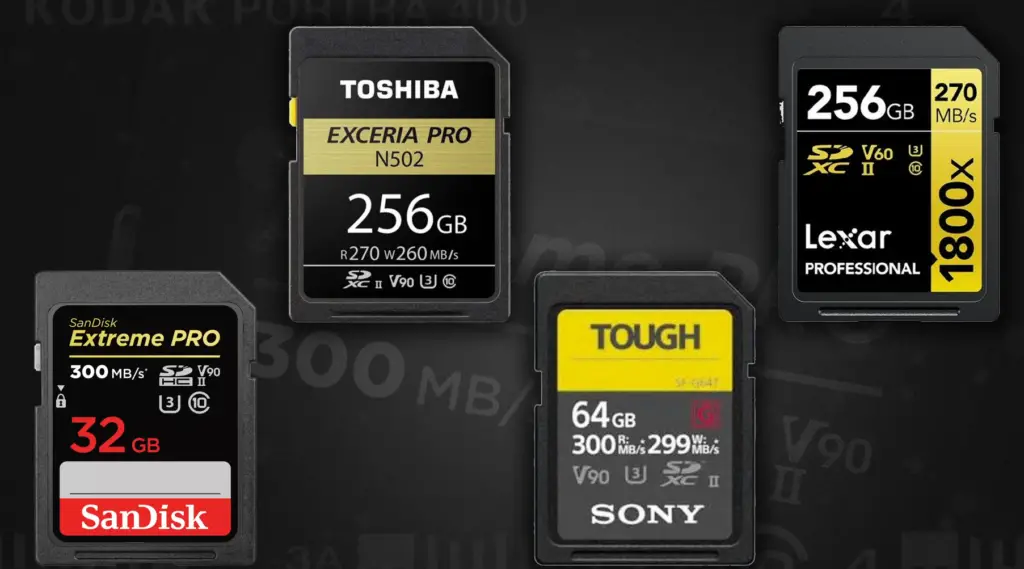
Picking a Memory Card to Use
Size Matters
When it comes to memory cards, size matters. With larger memory cards comes more capacity for storing data, which can be important if you’re an avid photographer or have a lot of files that need to be stored. Most standard-sized SD cards range from 2GB to 32GB in storage capacity, though some may be larger when different types of memory card formats are taken into consideration.
Speed Rating Helps with Performance
Another factor to consider when selecting a memory card is the speed rating. These ratings indicate how fast the card can transfer and process information. Speed ratings will usually appear as either Class 2 (2MB/s) or Class 4 (4MB/s), with higher speeds being capable of transferring more data in less time. If you plan on shooting videos or taking lots of photos, a higher-speed card will typically perform better than a slower one.
Durability is Key
Finally, it’s important to consider the durability of the memory card when making your selection. Most cards are made from plastic and can be quite fragile if handled too roughly. Look for cards that are designed to be water-resistant, shock-proof, or temperature-resistant so that they can stand up to all kinds of conditions without the risk of damage.
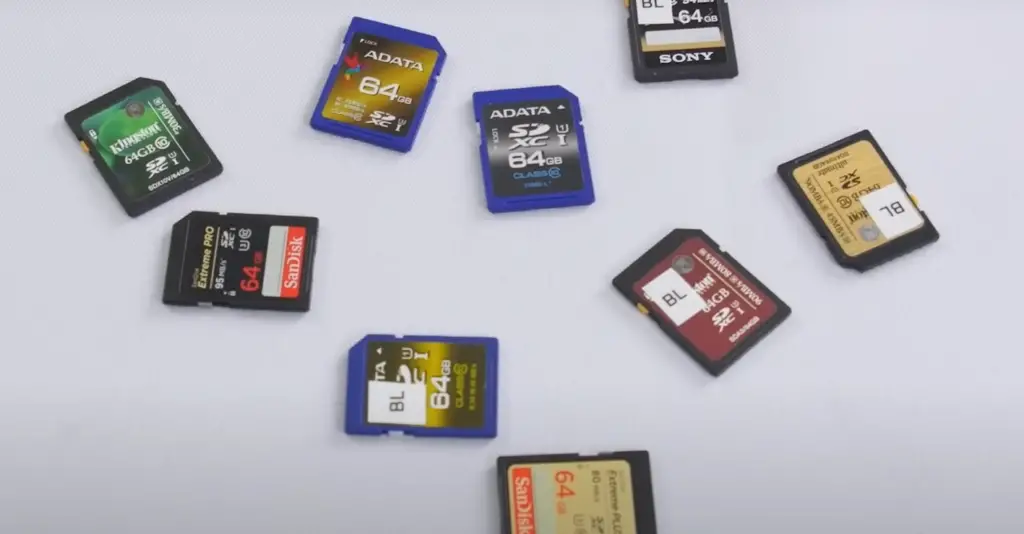
Factors Affecting Picture Size
Image Resolution
Image resolution refers to the number of pixels used to display an image. The higher the resolution, the more detail, and clarity are captured in an image. When choosing a picture size, it is important to consider the resolution of your source images and how they will look when displayed at different resolutions.
File Size
The file size of an image affects its size on screen or in print. JPEGs are generally smaller than TIFF or RAW files due to their compression of data. If you’re expecting users to view a web page with large images, then using a file format such as JPEG can help reduce download time for viewers.
Aspect Ratio
The aspect ratio is defined as the width of an image compared to its height. For example, an image with a 4:3 aspect ratio is four units wide and three units high. When choosing a picture size for your project, it’s important to consider the aspect ratio of your source images so they fit without distortion or stretching on screen or in print.
Output Device
The output device you are using will affect the size and resolution of your image. If you’re displaying images on a computer monitor, then the resolution must match that of the monitor to avoid pixelation or blurriness. On the other hand, if you’re printing images, then the size should match that of your printer’s maximum resolution.
Image Format
The image format can affect the size of your images. JPEGs and PNGs are compressed formats that allow for smaller file sizes than TIFF or RAW files. If you’re planning to use a large number of images on your website, then using an image format like JPEG or PNG can help reduce loading times for viewers.
Video files
Video files like AVI and MP4 are usually a lot larger than image files due to their higher resolution. If you’re uploading videos to a website, it is important to consider the format of the video and its size before uploading. Compressing videos into smaller file sizes can help reduce loading times for viewers.
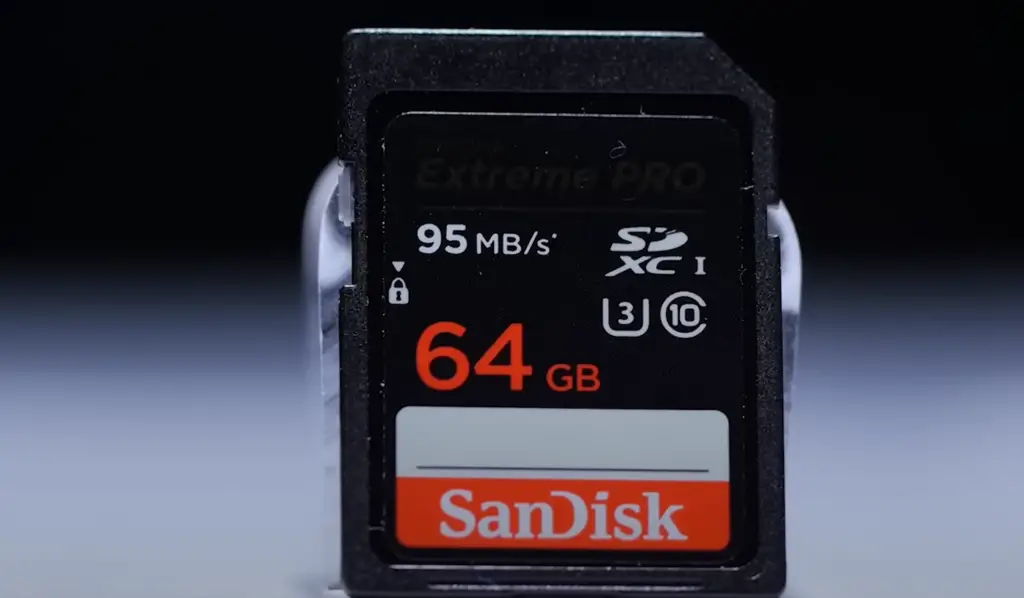
Other files
Other file types like PDFs and Word documents can also affect the size of an image. If you’re sending a document via email, it is important to consider the size of the file before sending it. Compressing files such as PDFs into smaller sizes can help to reduce loading times for viewers [2].
How Many Pictures Can a 64GB Card Hold?
JPEG vs. Brand-Specific RAW vs. DNG Image Files
An 8-megapixel JPEG image file typically takes up 3-4 MB of storage space, while a RAW file can take up to 25 MB. A 64GB memory card is capable of storing thousands of photos in JPEG format depending on the resolution used. For example, if shooting at a 12MP resolution (4000 x 3000) with good compression, you could store around 16,000 photos on a single 64GB card.
When it comes to RAW and DNG files, the number of images that can be stored is significantly lower due to their much larger size. An 8MP RAW photo taken with a Canon camera might take up 15-20MB of storage space, meaning that only around 2,500-3200 photos can be stored on a 64GB card.
Brand-specific RAW files, such as those from Sony and Nikon cameras, can take up more storage space than generic DNG files due to their higher compression rates. This means that fewer photos can fit onto a single 64GB memory card. For instance, if shooting with a Sony camera at 8MP resolution in RAW format, you could store around 2,000-2,400 images on the card.
Finally, it’s important to note that many cameras use different photo formats that are not compatible with one another. In this case, only images taken with the same type of camera will be able to fit onto the same memory card.
Size Differences between JPEG and RAW Files
JPEG files are much smaller in size than RAW files due to their higher compression rate. JPEGs from 8MP usually take up 3-4 of storage space, while a file can take up to 25MB depending on the brand and type of camera used. This means that significantly more images can fit onto a single 64GB memory card when shooting in JPEG format compared to RAW or DNG.
In general, JPEG files are best for casual photography or snapshots, as they offer good quality with a reasonable file size. However, if you’re looking for top-notch image quality and don’t mind sacrificing some storage space, then it may be worth investing in larger memory cards and shooting in either RAW or DNG.
Bottom line, if you’re shooting with a 64GB memory card and want to maximize storage space then JPEG is the best option. However, if image quality is your priority, then you may want to invest in larger cards and shoot in either RAW or DNG format.
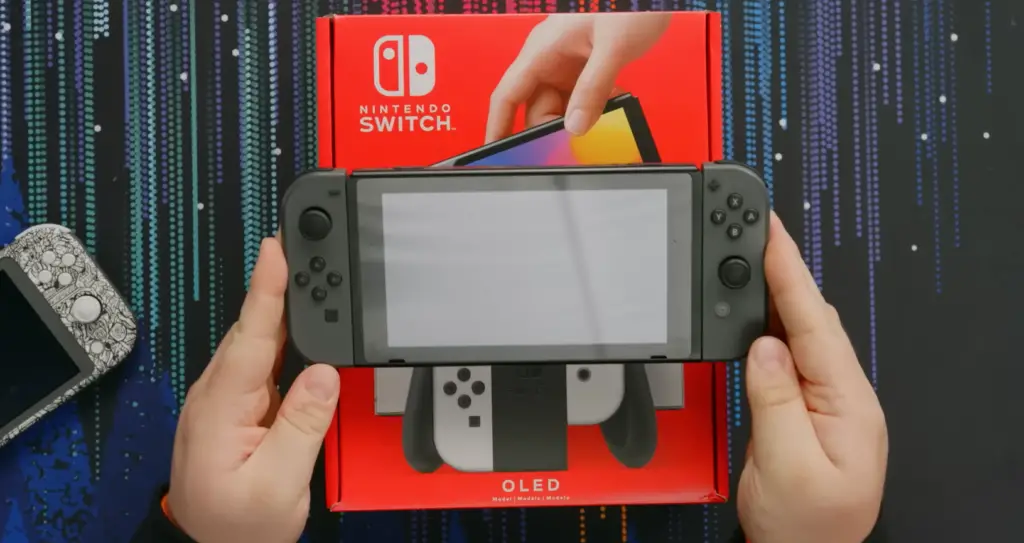
Number of RAW vs. JPEG Photos on Memory Cards
As a general rule of thumb, you can expect to store around 16,000 photos on a 64GB memory card when shooting in JPEG format. However, if shooting with RAW or DNG files the number of images that can fit onto the card is significantly lower due to their larger file size.
For example, an 8MP RAW photo taken with a Canon camera might take up 15-20MB of storage space, meaning that only around 2,500-3200 photos can be stored on a single 64GB card. Brand-specific RAW files from Sony and Nikon cameras may take up even more storage space due to their higher compression rates. This means that fewer photos can fit onto the same-sized memory card compared to JPEGs or generic DNG files.
Finally, it’s important to note that many cameras use different photo formats that are not compatible with one another. In this case, only images taken with the same type of camera will be able to fit onto the same memory card [3].
How to Calculate the Number of Images 64GB Can Hold?
Average Image File Size for JPEG
The average file size of a JPEG image depends on the resolution and quality settings. On average, an 8MP (megapixel) JPEG image will have a file size between 1-2MB.
Calculating the Number of Images
Using this information, we can calculate how many images 64GB can hold:
- 64GB = 65536 MB
- 65536 MB/1-2 MB = 32768 – 65536 images
Therefore, a 64GB memory card can hold approximately 32,768 to 65,536 8MP JPEG images. This number may vary slightly depending on the resolution and quality settings used for each photo.
Average Image File Size for RAW
The average file size of a RAW image depends on the camera and settings used. Generally, an 8MP RAW image will have a file size between 5MB – 20MB.
Calculating the Number of Images
Using this information, we can calculate how many images 64GB can hold:
- 64GB = 65536 MB
- 65536 MB/5-20 MB = 13107 – 3276 images
Therefore, a 64GB memory card can hold approximately 13,107 to 3,276 8MP RAW images. This number may vary depending on the resolution settings used for each photo [4].
Should You Really Buy a 64GB SD Card?
Many people are tempted to buy a 64GB SD card for their camera, phone, or other device. But is it really worth it?
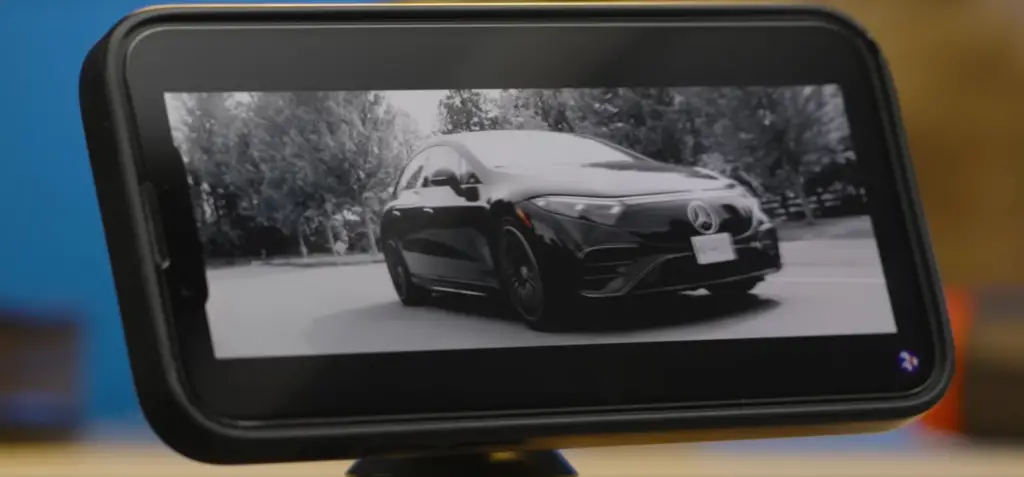
It can also be used to increase the memory capacity of your device, allowing you to store more files and applications on it. However, not all 64GB cards are created equal and you should do some research before investing in one.
For example, some cards may have slower read/write speeds than others. This means that when transferring data from the card to your device, it will take longer than with a faster card. You should always check the speed ratings of the card before you buy it.
Another thing to consider is compatibility. Some 64GB cards may not be compatible with your device, so make sure to check the specifications of both before buying a card.
Finally, cost is an important factor when deciding whether or not to purchase a 64GB SD card. Generally speaking, these cards can be quite expensive compared to smaller-capacity cards. So if you’re on a budget, it might be better to invest in a smaller card and save some money.
Overall, there are plenty of factors to consider when purchasing a 64GB SD card for your device. Do your research and make sure that the card you choose fits your needs and is compatible with your device before investing in one. It may be worth it in the end, but it’s always good to be sure before committing to a purchase.
FAQ
Is 64 GB a lot of memory?
Yes, 64 GB of memory is a lot for most people. It is more than enough to run multiple programs and applications at once without any slowdowns or lags. For example, it would be plenty of RAM to run something like Photoshop with many large files open or play modern video games with ease. If you’re looking for a laptop that will meet your needs for years to come, then 64GB should definitely do the trick!
What are the advantages of using an SSD over an HDD?
This means that data can be transferred and accessed more quickly, resulting in improved overall performance when running larger applications and operating systems or loading files. Additionally, SSDs are more reliable than HDDs since there are no moving parts to wear out over time and the lack of latency makes them ideal for gaming. Finally, they also use less power which can help extend the battery life of laptops.
Is 8GB RAM enough for gaming?
For most modern games, 8GB of RAM should be plenty unless you plan on playing very demanding titles such as AAA titles. That said, if you want to play games at their highest settings without any slowdowns then 16GB would be a better option. Although it may not make much of a difference right now, having more RAM will give you more headroom for future games that require more memory.
Additionally, having enough RAM will also make your computer more responsive for multitasking and running many applications at once.
Is 64 GB a lot for photos?
Yes, 64 GB of storage can easily hold thousands of photos. However, it will also depend on the size and resolution of the photos you’re taking. If you shoot in RAW format or take very large high-resolution images then you may quickly fill up this amount of space.
In general, though, 64GB should be more than enough for most people’s needs when it comes to storing photos. Additionally, with cloud storage becoming increasingly popular, many people are now opting to store their images online instead of solely relying on physical drives.
How many photos and videos can you have with 64GB?
The exact number of photos and videos you can store on a 64GB drive will depend on the size and resolution of the images or video clips. Generally speaking, you should be able to fit around 5,000 – 10,000 photos and dozens of HD videos onto a 64GB disk. However, if you plan on taking very large high-resolution photos then this number could go down significantly. It’s always best to check the specs of your device before purchasing storage so that you know exactly how much space it can accommodate.
Whether 64GB is enough for your needs depends on how many photos and videos you take as well as their size and resolution. If you take many large high-resolution images then it may not be enough space, but in general, it should be enough to store thousands of photos and dozens of videos.
Can I upgrade my RAM?
Yes, most laptops will allow you to upgrade their RAM if you choose to do so. However, you must make sure the laptop can support the amount of RAM that you want to install. Additionally, if you’re not familiar with upgrading computers then it’s best to leave it up to a professional as incorrect installation could cause damage to your laptop.
How Many Photos Can 128GB Hold?
Again, the exact number of photos that you can store on a 128GB drive will depend on the size and resolution of the images. Generally speaking, you should be able to fit around 10,000 – 25,000 photos onto a 128GB disk. If you take very large high-resolution photos then this number could go down significantly. However, if you are just taking average-sized photos then this should be plenty of space for all your needs. Regardless of how many photos or videos you plan on taking, having more storage is always beneficial as it gives you more headroom for future content. Additionally, it’s important to remember that other applications like system updates and music also take up space so it’s best to have enough storage for all your needs.
In conclusion, 128GB should be plenty of storage for most people’s photo and video needs. However, the amount of photos or videos you can store will depend on their size and resolution as well as other applications that take up space on your drive.
Useful Video: How many photos can 64gb hold?
Conclusion
64GB SD can be a great way to expand the storage capacity of your device, especially if you’re looking for more space to store photos, music, and videos. They’re also incredibly portable and will fit in most pockets. However, they do come with a few drawbacks — namely their limited lifespan and lack of speed when compared to other types of memory cards. Before investing in one, make sure that you understand all the pros and cons so that you can make an informed decision on which type of memory card is best for your needs. Ultimately, 64GB SD cards are great for those who need additional storage but don’t want to sacrifice quality or speed.
References
- https://expertphotography.com/memory-cards-types/
- https://blog.depositphotos.com/photo-sizes-image-quality.html
- https://www.captureguide.com/how-many-photos-can-my-memory-card-hold/
- https://www.bwillcreative.com/how-many-photos-can-a-memory-card-hold/





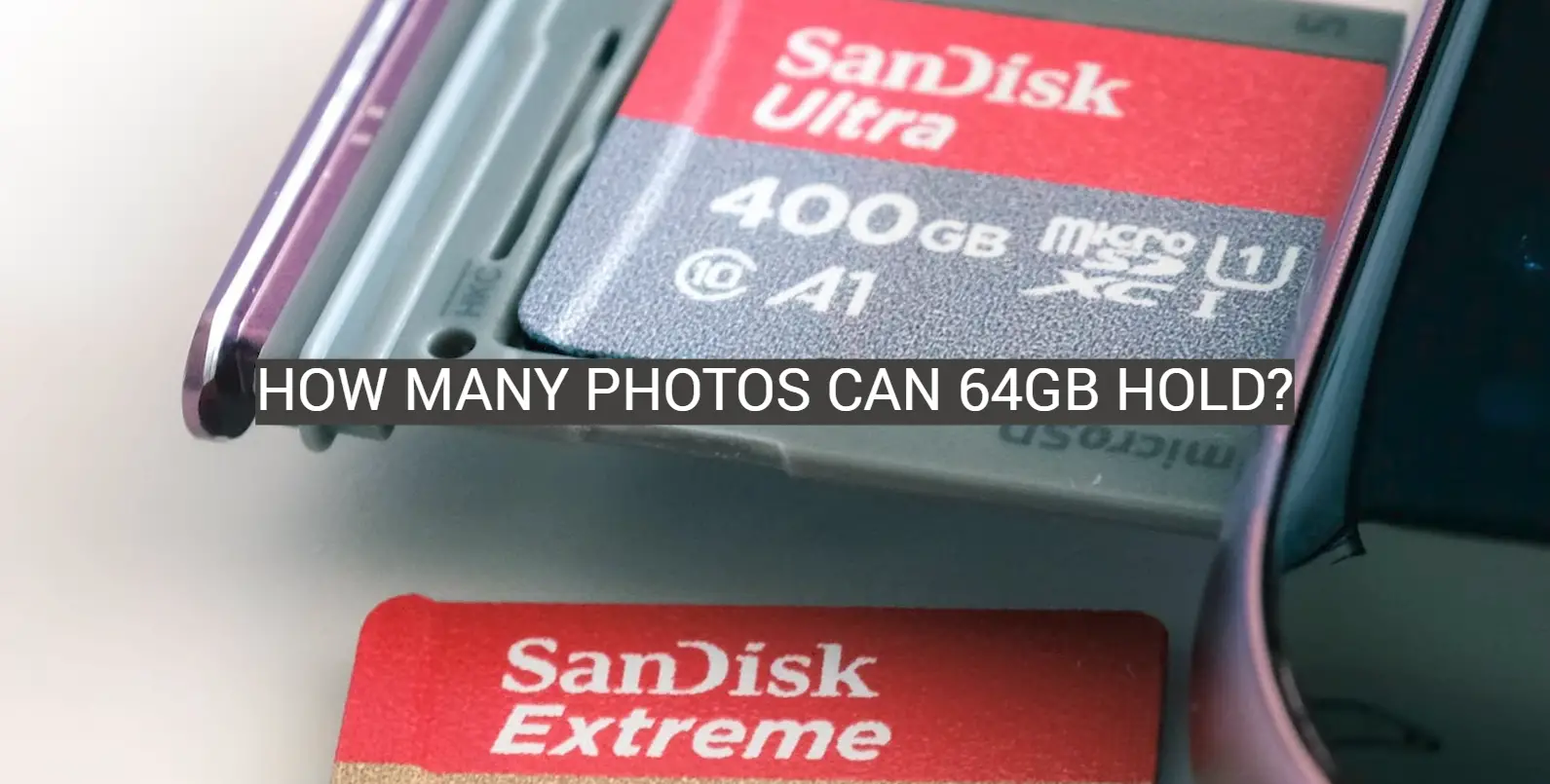
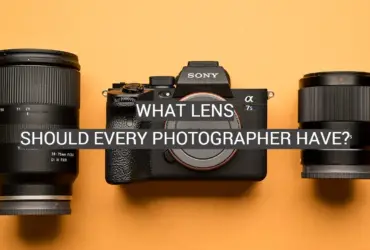



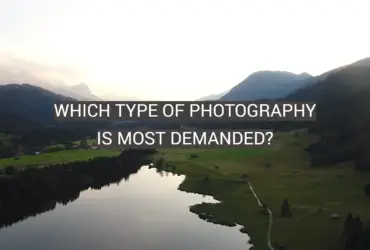

Leave a Reply